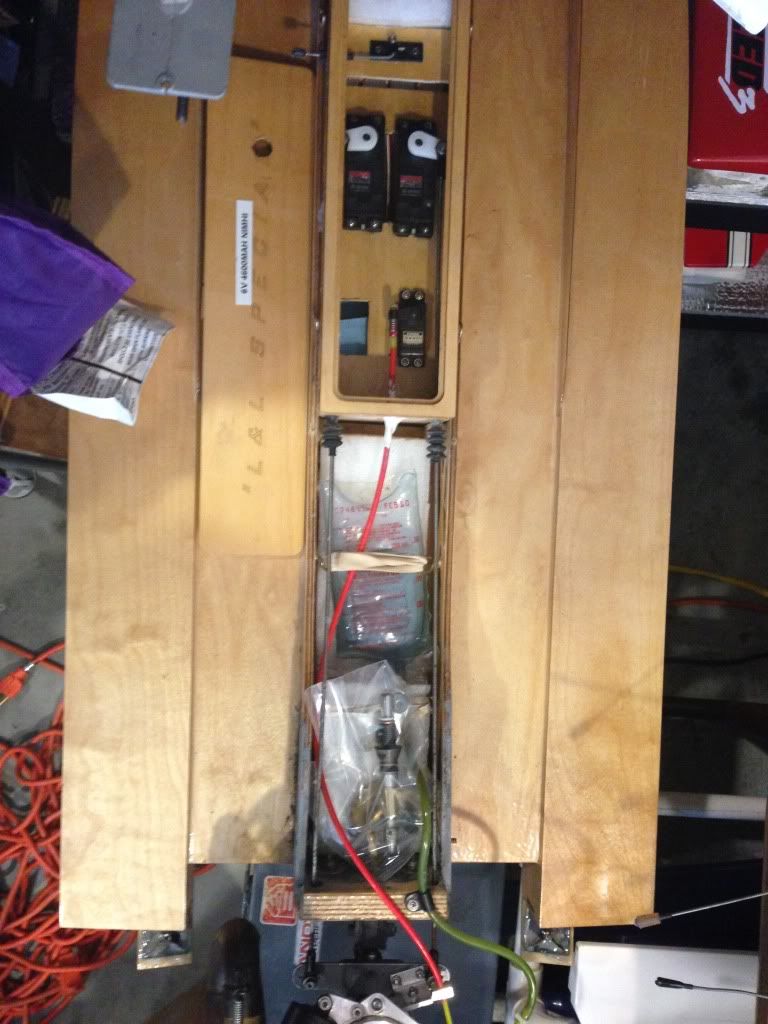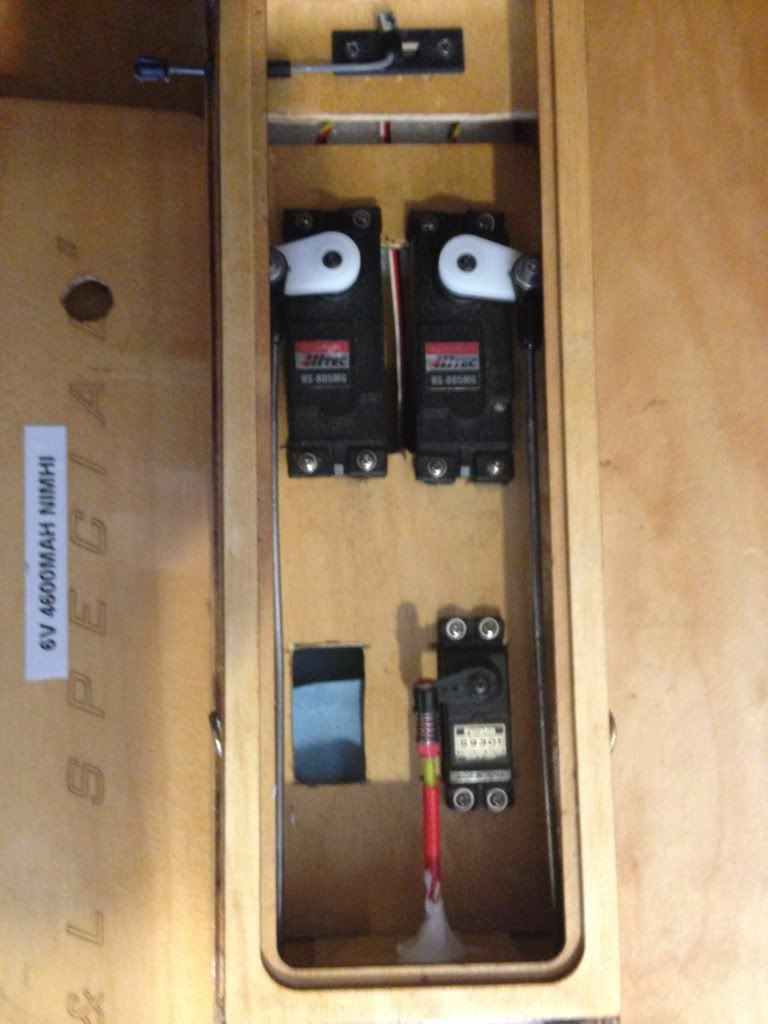David Santistevan
Well-Known Member
- Joined
- Aug 5, 2011
- Messages
- 1,370
As some of you may have seen, I installed a Servo City SPG7950A038A90 gearbox in my new gas tunnel. During the final setup a couple of weeks ago we discovered that the gearbox no longer worked. On inspection it appeared that the servo had burned up. I sent it back to Servo City and they confirmed the unit had burned up. I discussed with the the various possibilites as to why it burned up and they seem to think it was too much load for too long. I could not fathom that since the unit puts out 1500 inc/oz of torque and it had never been mounted in the boat. We had only hooked it for a short time to test the rotational speed with no load and only for a few minutes.
The replaced the servo and sent it back to me last week and I put it back in the boat. I went through the setup and everything appeared to work normally with no problems. However When I got it to the lake the servo was burned out again.
Here is what I think is happening and I wanted to see if anyone else is having this problem. A generator and a motor are basically from a mechanical standpoint the same thing. I think what is happening is that when the engine under it's own weight swings to the side it therfore manually turns the gearbox. At the gear ratio used to generate the 1500 in/oz I think it is spinning the servo fasted enough to generate an electric charge to burn out the servo.
Thie may seem crazy but here is some real world experience to back it up. I work in the computer industry. I have seen it over and over again where computer mother boards have been burned out when some take ther machines to blow the dust out using compressed air. They spin the fan motors in the computer with the compressed air fast enough to generate an electric charge great enough to burn out components.
Has anyone seen anything like this ?
D
The replaced the servo and sent it back to me last week and I put it back in the boat. I went through the setup and everything appeared to work normally with no problems. However When I got it to the lake the servo was burned out again.
Here is what I think is happening and I wanted to see if anyone else is having this problem. A generator and a motor are basically from a mechanical standpoint the same thing. I think what is happening is that when the engine under it's own weight swings to the side it therfore manually turns the gearbox. At the gear ratio used to generate the 1500 in/oz I think it is spinning the servo fasted enough to generate an electric charge to burn out the servo.
Thie may seem crazy but here is some real world experience to back it up. I work in the computer industry. I have seen it over and over again where computer mother boards have been burned out when some take ther machines to blow the dust out using compressed air. They spin the fan motors in the computer with the compressed air fast enough to generate an electric charge great enough to burn out components.
Has anyone seen anything like this ?
D





